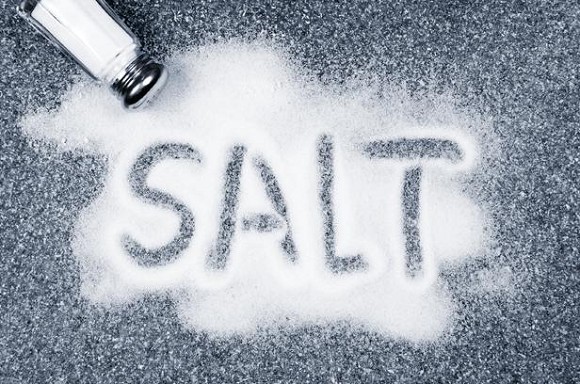
How to make your baits better with salt
How to make your baits even better
Salt's been making the headlines for good reason in carp fishing and understanding why will be a key tool in your arsenal of upping your catch-rate. Carp are essentially reliant in finding salts of various chemical compositions in order to balance their health and control a process called osmoregulation. To understand 'osmo' and in order to really maximise your effective use of hours on the bank, the knowledge of salt and why it's so damn good can be explained, understood and finally (and most importantly) utilised in your fishing.
The Science
Lets get to grips with carp chemistry. The carp we spend so much time fishing for are very complex organisms which are continually being drained of their internal salt balance. Without the right amount of salts inside them, that's throughout their muscles and organs, they get sick and can die so they are normally looking out for opportunities to increase their internal salt load. Because lake water usually has very low levels of salt, the balance between the carp's internal salt load and that of the water it lives in is out of sync. The water is always trying to permeate the carp and wash it out, whilst the carp is always trying to flush as much water out of its body by using osmoregulation. Therefore osmoregulation is the process by which carp retain salt inside their bodies and resist the permanently washing out effects of the lake water. So in short, re our angling, salty baits equal happy carp.
Stage One
Putting salt in spod mixes is nothing new but the problem with this is that it dissipates into the water and simply drifts away, being quickly diluted to nothing. With salted baits however, the salt is trapped in the bait and it releases very slowly, trailing an attractive salty chemical signal into the water column which carp will find irresistible. So, if you've sat up and are already thinking about how you can get slow release salt in to the lake, whilst using your baits, this is the info that could help you transform your fishing...
First of all you need to dry your baits out. Air-drying is one way, putting your baits into a bucket of pellet is another or for the ultimate method, get a few kilos of salt – fine Saxa Table Salt works well as the smaller granules have more contact with the bait – and arrange your baits on a thick bed of said salt. A good container to use would be a plastic tray with two-inch sides that's large enough to hold 50 baits.
Make sure the baits aren't touching and then literally cover them over with another thick layer of salt. It's really important that you turn them over in the salt after a few hours and mix them about or they will be wet and go off if you're using boilies out from your freezer. After a few days and a few turns you'll have salt-dried (dehydrated) baits with a higher salt content than before – with the salt trapped inside the bait's edge. However, this just the beginning... the best is yet to come.
Stage Two
The next step is to make up a brine solution. Mix a good few tablespoons of table salt with enough warm water to make a thick syrup. Take some of your salt-dried baits and put them in a sealable bag and then pour in the syrup. Seal the bag and roll the baits through the syrup, allowing them to suck up the brine and all that salt. What you've now got is a rehydrated salt boilie with serious carp pulling power. For some of us that's enough, and in the short-term when these baits are sat on a lakebed they will be seriously attractive, however they can be improved upon again.
Stage Three
After several hours of re-hydrating in the brine syrup, pour some of the excess away and throw in enough flakes of rock salt to cover the now very sticky, very salted boilies. Roll all of this around in the bag, covering the baits with flaky salt and then leave them sealed up overnight. When you check them again in the morning or a day later, you'll find that the salt has formed a heavy-duty gunge around the baits and that's what you should be looking to achieve. What's actually happened here is that the pulling power of salt has now been harnessed firmly into your bait, providing a totally different nutritional profile to its original format. When introduced into the lake the salt will take ages to be washed-out of the baits and the carp will find them both really easy to locate and seriously difficult to resist.




